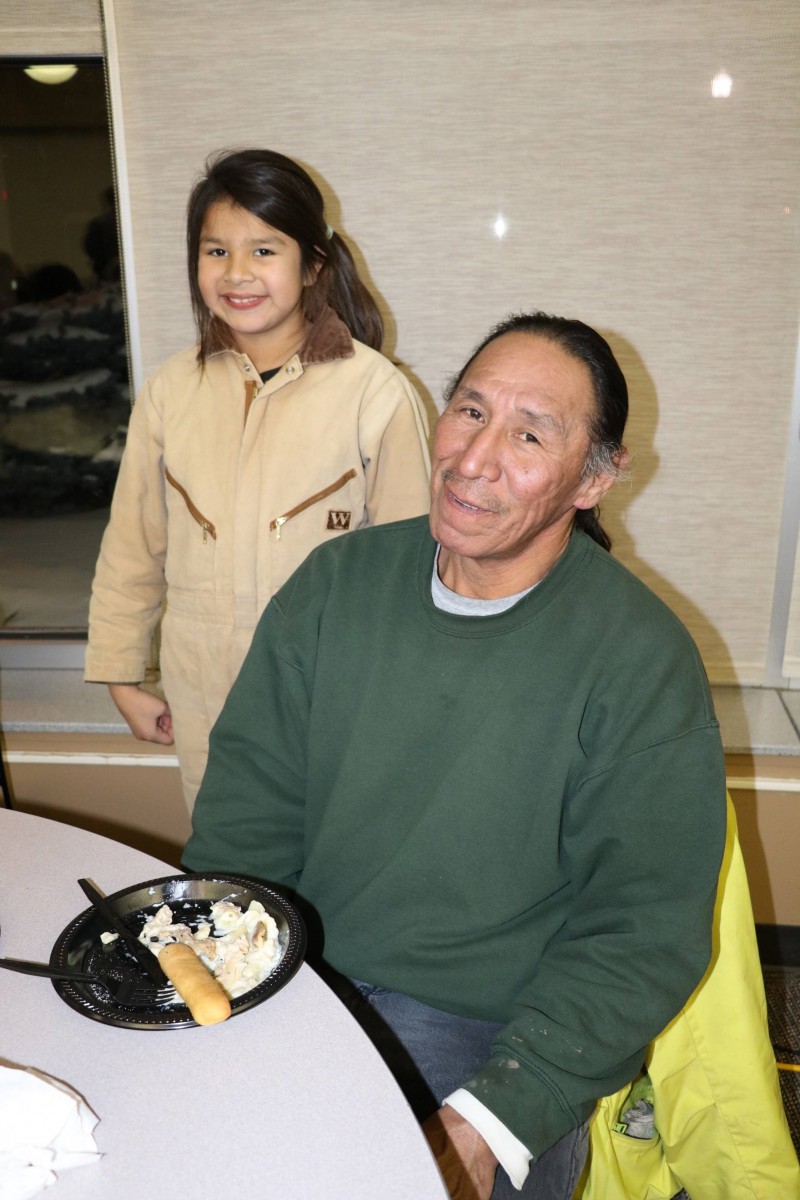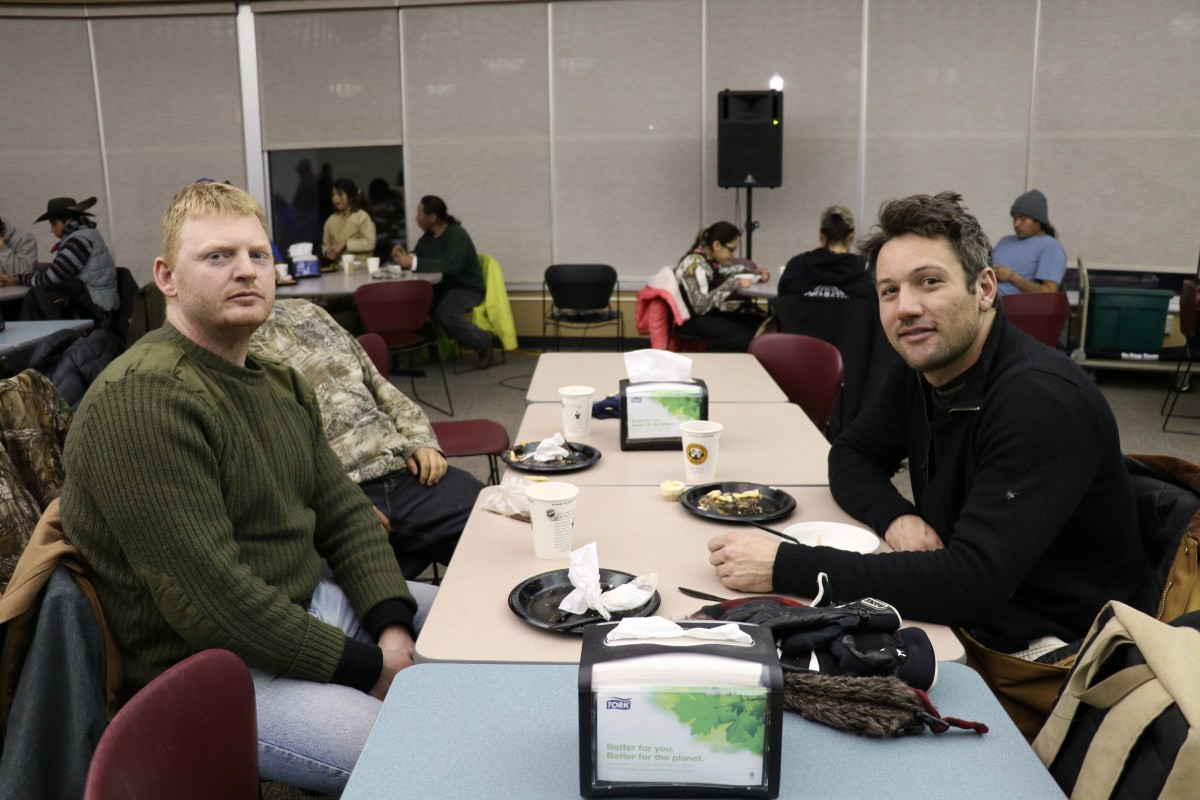38+2 ride draws youth, non-natives
December 26, 2016
 For more than a decade, members of the Dakota nation have participated in a 320-mile horseback ride across South Dakota and western Minnesota.
For more than a decade, members of the Dakota nation have participated in a 320-mile horseback ride across South Dakota and western Minnesota.
The ride is called Dakota 38+2, so named in memory of 38 Dakota warriors hung in December of 1862. Two more were hanged in early 1863, all part of the Dakota War of 1862.
In 2016, about 48 riders are making the trek from Lower Brule, South Dakota, to Mankato, Minnesota, the site of the 1862 hangings. The purpose of the journey is healing and reconciliation, said Josette Peltier, one of the volunteers with the ride.
The group came through Madison on Dec. 14. As they have for several years, Dakota State University provided supper for the group.
Many of the riders are native, including Wilfred Keeble, the staff carrier, who has been with the ride since it began in 2005.
Some riders are non-native, including Jeremiah Boyd and Tyler MacLeod. It was MacLeod’s first ride; Boyd has been participating since 2009. He said “I keep discovering new things, so I keep coming back.”
Boyd was a member of the Seventh Cavalry, he said, the Army unit which was involved in the Battle of the Little Bighorn, or Custer’s Last Stand.
“Making war is simple,” he said, “making peace is much more difficult.”
The native riders have “accepted me without hesitation,” said Boyd.
MacLeod had the same experience being accepted. He came from his home in Los Angeles to join the ride after hearing the story from friends who were filming at the Dakota Access pipeline demonstrations in North Dakota. They are now filming the 2016 Dakota 38+2 ride.
He was particularly impressed to see so many young natives on the journey, impressive because “It’s not often that you meet young people that care about their culture, and are so committed to give up two weeks to ride in the cold,” said MacLeod.
 Two young people on the ride include Keeble’s eight-year-old granddaughter Ezmiah Middletent, and 15-year old niece, Pearl Sazue. This is Middletent’s third year riding.
Two young people on the ride include Keeble’s eight-year-old granddaughter Ezmiah Middletent, and 15-year old niece, Pearl Sazue. This is Middletent’s third year riding.
These young people and others in the area need to be educated about the history of that era, Keeble said. He noted recent changes in the South Dakota curriculum standards for history, and said what is taught “has to be the truth of what really took place here, told the way it happened and that’s not the way it is.”
DSU’s Dean of Arts and Sciences Dr. Ben Jones Jones said the current state history standards call for 8th grade students to cover this era, but events such as the Dakota War may be “vastly over shadowed by the Civil War.”
South Dakota teachers do have the option to cover the entirety of U.S. history if they wish, Jones added, but the best solution is “having a great teacher in the classroom that improves [the students’] knowledge and understanding.”
In addition to good teachers, “there are books to read,” if someone is curious about the Dakota War. Jones recommends several, including Lincoln and the Sioux Uprising by Hank Cox, Over the Green Earth I Come by Duane Schultz and Dakota Dawn by Greg Michno.
The riders plan to be in Mankato, the site of the 1862 hangings, on Dec. 26.
